Neurology
Neurology
Following the evolution of diagnostic and treatment needs in the various hospital areas and offer the latest technology with equipment, high-quality, with technical and operational excellence.
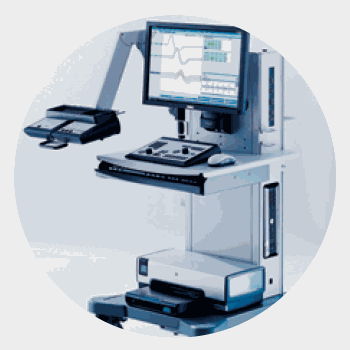
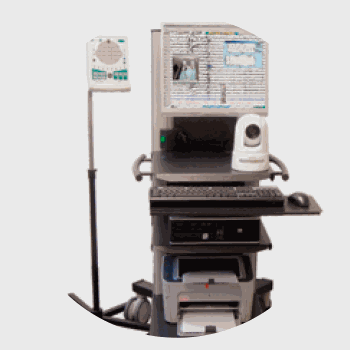
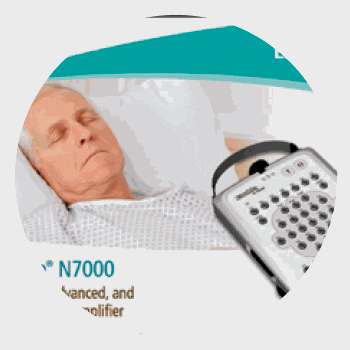
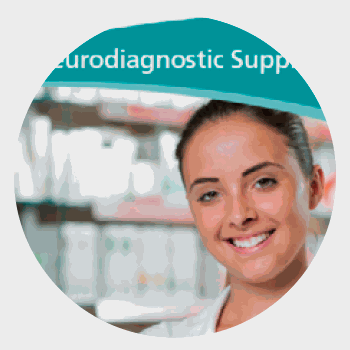
electromyography
(emg)
Study of electrical muscularactivity. This type of study tests the muscles and nerves (motor and sensory). This test is normally performed when the patient complains of loss of strength and / or loss of sensation, pain, tingling in any part of the body. It is used to identify whether complaints originate from the peripheral nervous system or central nervous system.
electroencephalography
(eeg)
This study consists in the neurophysiological evaluation of bioelectrical activity of the brain by recording with electrodes placed on the scalp or, inspecial cases, subdural electrodes or even in the cortex of the brain. The set of resulting registers is the EEG and represents the electrical signal in various brain areas. The EEG has the ability to detect changes in the electrical cerebral activity with a resolution of milliseconds.
polysomnography
sleep study
Equipment for the study of sleep. Solutions are available from level 4 (screener) to level 1, complete system of Polysomnography.
- System for laboratory use
- Gold standard
- Software Embla® Remlogic
- Accessories andconsumables Embla®.
consumables
We offer a wide range of accessories and consumables for the studies of EMG / EP, EEG, PSG and VEEG.
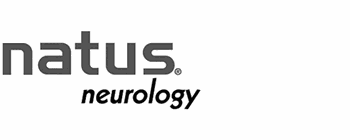



Our portfolio enables us to effectively respond in the areas of greater clinical expertise.
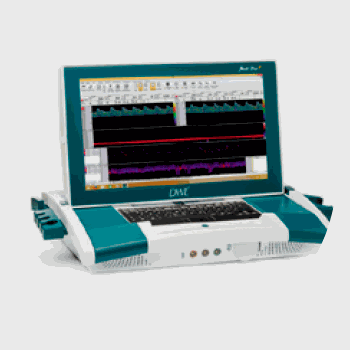
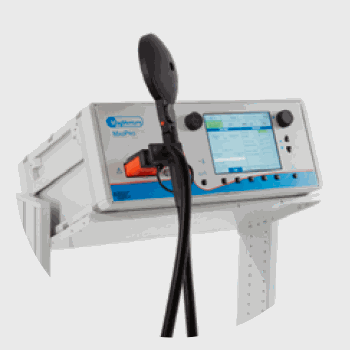
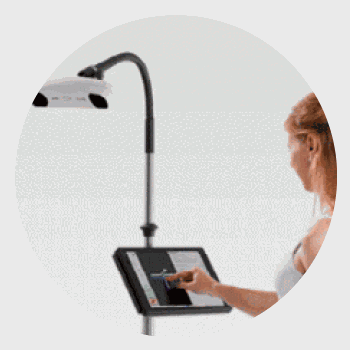
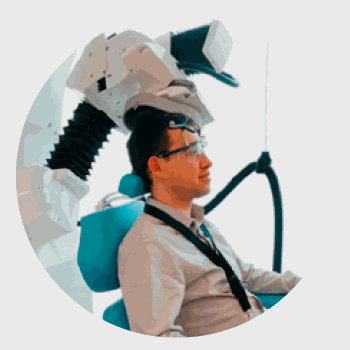
transcranial
doppler
It’s a test that uses ultrasound to assess blood flow through the vessels (arteries) inside the cranium. It is a non invasive study and offers no risk to the patient or doctor / technician.
robotised magnetic
magnetic stimulation
Equipment capable of inducing non-invasive, electrical currents in cortical regions of the brain. Used in diagnosis and therapy ofneuropsychiatric disorders such as depression and schizophrenia and other neurological conditions such as Parkinson's disease,epilepsy and chronic pain.
neuronavigation
in rtms
Equipment connected to the image-guided neurosurgery, allows neurosurgeons to navigate inside the skull, oriented by images ofcomputed tomography or magnetic resonance preoperative, employing for this three-dimensional tracking systems in real time during the surgical procedure.
robotised magnetic
stimulation in rtms
TMS equipment with robotic assistance. It has the advantages of accuracy, repeatability, compensating for patient motion, ease ofimplementation, and the comfort and safety of the operator.





